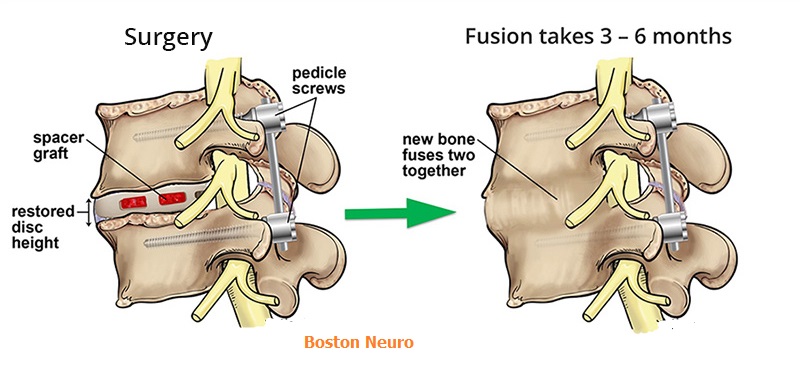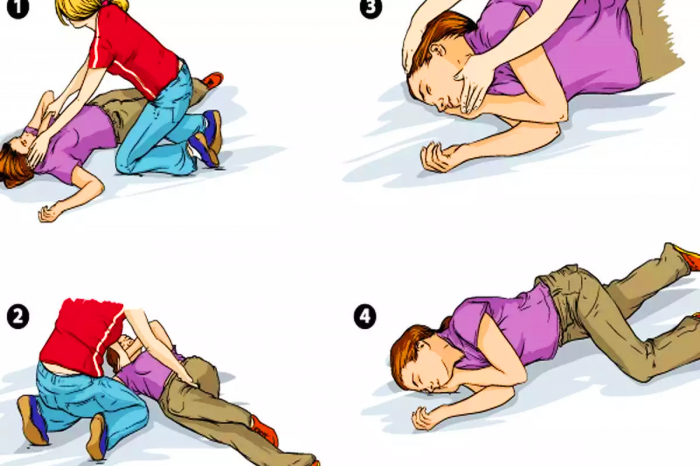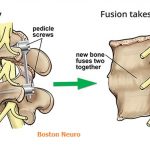Why is Spinal Fusion Performed?

Why is Spinal Fusion Performed?
Why is spinal fusion performed? is a common question. A surgeon uses cadaver bone to create a fusion. An allograft is a piece of bone acquired from a deceased person through a bone bank. During a posterolateral lumbar fusion, the graft material is placed over the transverse processes of the vertebrae, with screws holding the bones in place. A demineralized bone matrices (DBMs) is a form of cadaver bone that removes calcium and is combined with other grafts to create a stronger fusion. In addition to being a great choice, demineralized cadaver bone carries proteins to support the graft and help the fusion process.
In the past, patients who were unable to have their backs fused had to undergo bone graft surgery. However, this method is not as effective as a spinal fusion because it involves an incision. The graft material is made from bone harvested during a decompression procedure. Unlike a bone graft, a local autograft can be used. This type of graft is a better choice because it can be obtained more easily and with less risk of rejection.
After a spinal fusion, the patient will have limitations in bending. This may mean that they cannot bend or stand. This can be alleviated by purchasing a shower chair or a higher toilet seat. They should also have a caregiver with them during this period. While fusion is not always the first treatment option, it is often the last. It may be the only treatment option when conservative treatments are not working.
In the past, there were no ways to increase the amount of material needed for fusing the vertebrae. Using bone from the pelvis was the only option for increasing the amount of bone needed for the fusion. But today, a new method has emerged that does not involve removing the spinal disc. During the surgery, an incision is made in the waist. A spacer bone graft is then inserted in the space between the vertebrae. It serves as a bridge between the bones and promotes fusion. The graft is then fixed into place with screws or a plate on one side. After three to six months, the bone graft should fuse. In addition, instrumentation may be used to stabilize the graft.
After spinal fusion, the patient will have a physical therapist afterward. The physical therapist will help the patient regain their everyday movements and monitor the healing. Typically, the procedure can take between six months and a year. After the fusion is completed, the stitches will be removed. Follow-up appointments will be necessary to monitor the fusion. A surgeon may also use synthetic bone substitutes to reduce the risk of grafting human bone.
A lumbar spinal fusion involves joining two or more vertebrae, or a portion of them, with one another. The procedure is done on the back and is called a lumbar fusion. The fusion can occur at any level of the spine, from the lower back to the upper back. A fusion can limit movement between the fused vertebrae. A lumbar fusion involves the placement of hardware into the spine.
A spinal fusion is a surgical procedure that joins two vertebrae into one. The procedure involves a bone graft, which is small pieces of bone. A graft may be taken from a patient’s own body or from a bone bank. During a fusion, a bridge is formed between the two segments. In a minimally invasive lumbar fusion, small pieces of bone are used to build the bridge.
Although a spinal fusion is an effective procedure, it is not always the right treatment. It may not fix the problem, but it will allow the patient to return to normal activities and resume a healthy lifestyle. The patient should be aware of any risks and complications before undergoing a spinal fusion. In a lumbar fusion, the doctor will remove any hardware in the affected area and the bone graft may be replaced with another piece of bone.
After a spinal fusion, the patient will recover gradually. While this procedure is an effective way to relieve pain and restore mobility, it should not be performed on anyone without a doctor’s approval. If a patient is suffering from pain or disability, they should consider a conservative treatment first. The spinal fusion may be recommended to a healthy individual who otherwise is otherwise able to recover well. If this is the case, he or she may require a different type of surgery.






